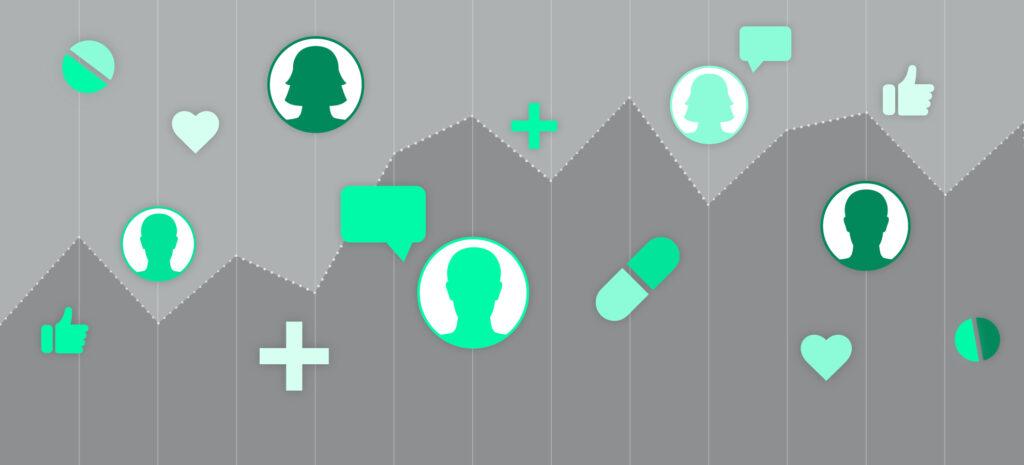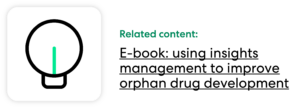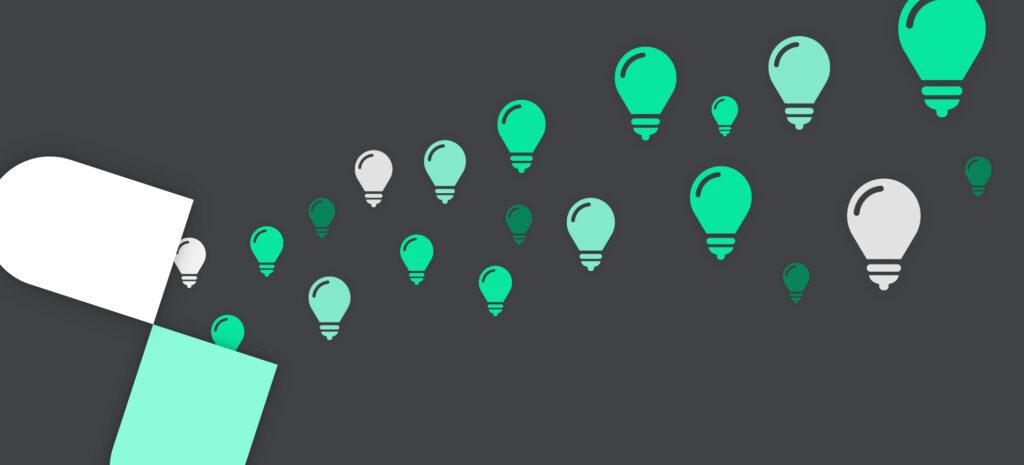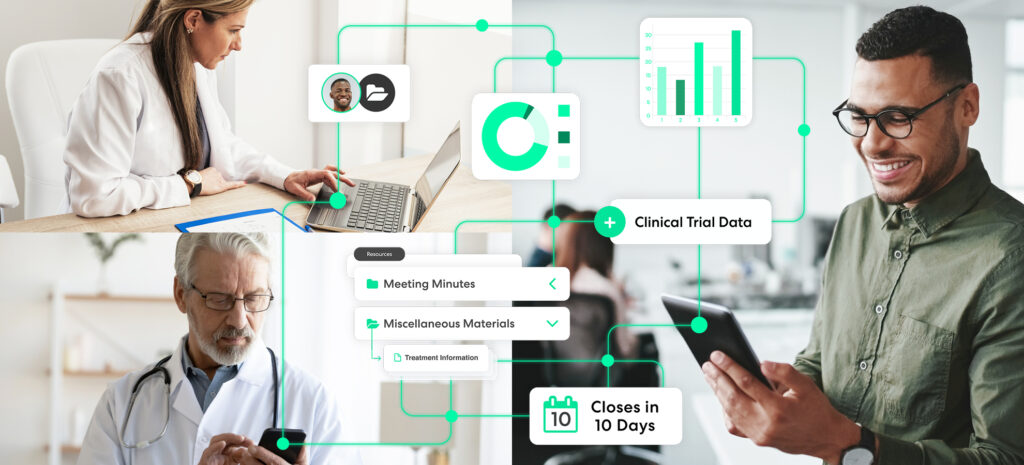The cost of developing a new orphan drug is around half that of a typical drug once orphan drug incentives and guidelines are factored in. Accordingly, the orphan drug market is growing and is expected to reach $355 billion USD by the end of the decade – already, close to half of FDA-approved new molecular entities are orphan drugs. The opportunities in this space are becoming clearer, but developing new orphan drugs remains enormously challenging.
Pharma teams are closing in on how technology can help them advance in the orphan drug market. Let’s explore how social listening addresses specific orphan drug development challenges and helps pharma teams design successful rare disease clinical trials.
What is social listening or social monitoring?
As the world has increasingly embraced digital spaces, so too have disease communities. Many interactions between patients, patient advocates, payers, HCPs, and other experts now occur online – sometimes in the public domain. Social listening offers an ear to the ground, allowing pharma companies to listen to these interactions and conversations.
“Insights gleaned from social listening offer orphan drug manufacturers vast opportunities to better understand the rare disease space.” – The Social Intelligence Lab
Social listening employs artificial intelligence to look for contextual references to a drug or disease, pharma company, or medical congress – so pharma teams can plug into a rare disease community and gain an invaluable window into the patient experience. It can reveal which members of a disease community are the most influential – the EEs, KOLs, and DOLs – who posts most frequently, who talks, who engages with the conversation, and what channels they use to communicate. It’s a rich source of insight into orphan drug experts and investigators within often poorly-understood rare disease communities.
“By engaging effectively with online and social media, scientists and clinicians can obtain unprecedented access to relatively large cohorts of individuals with rare diseases, as well as their relatives, carers, and professionals involved in their healthcare,” reports the Orphanet Journal of Rare Diseases. “Online surveys of these stakeholder groups may provide important new insights into rare conditions and their management.”
Bridging disease community knowledge gaps
Social listening is positioned to address one of the key challenges in orphan drug development: a lack of experience and understanding on the part of pharmaceutical teams. This knowledge gap is hardly their fault – more than 7,000 rare diseases are yet identified, and each one impacts fewer than 200,000 people in the United States. As such, expert knowledge in these niche areas can be thin on the ground. “Usually, when a large company introduces such a treatment, it is entering the relevant therapeutic area for the first time,” reports McKinsey. “It is therefore likely to lack both expertise in the disease and in-depth understanding of the health ecosystem and of patients’ experience of the disease.”
When entering one of these therapeutic areas for the first time, pharma teams could be forgiven for having more questions than answers:
- What is the patient community like, where can we find them, and how can we engage with them?
- What’s it like for patients with the disease, and what are their specific challenges?
- What, if anything, is the current treatment landscape?
- What are our competitors doing in this space?
Social listening goes a long way toward answering some of those questions, leading to better-informed, more effective, and ultimately more patient-centric orphan drug development processes.
“There is still an urgent need to better understand the obstacles patients and caregivers within the rare disease community face, so appropriate measures can be taken to address gaps in care.” – Shire Rare Disease Impact report
How social listening bridges the knowledge gap
- Identifying patient communities. Social listening can help reveal rare disease patient communities by looking for those engaging with related topics. Pharma teams can then use these social channels, blogs, or forums to engage with patients, carers, and advocates.
- Gathering patient insights. Social listening provides a window into the patient experience, offering insights into the lives of patients, the challenges they face, the realities of the existing treatment landscape, and any unmet needs. These insights can inform patient-centric trial design and drug development processes.
- Monitoring competitor activity. Social listening can reveal all online chatter around a particular rare disease, allowing pharma companies to track which – if any – competitors are active in the space, creating opportunities to establish differentiation and competitive advantage.
- Informing medical education. Social monitoring can identify trends and topics of interest within rare disease communities, helping to inform the development of valuable medical education materials.
Social listening can prove a valuable tool for pharmaceutical companies embarking on orphan drug development. But it’s not the only technology that can help firms find success in the rare disease space. To learn more, read our post on how to strategically plan for orphan drug development.
This post is the final entry in a three-part series. Missed the first post? Read our article on orphan drug development in medical affairs.







